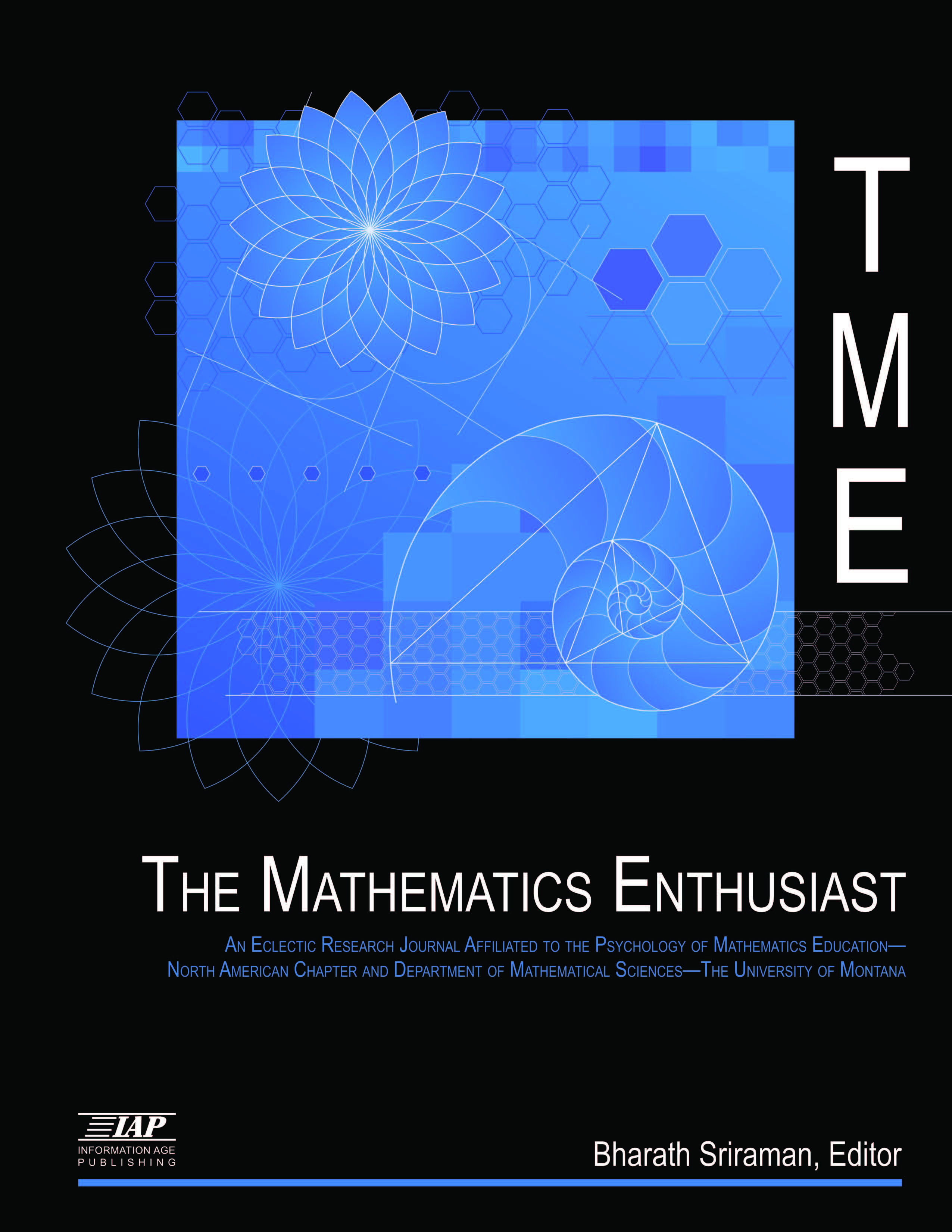
Volume
18
Issue
3
Abstract
In order to analyze advances in the resolution of combinatorial situations, due to the identification, conversion and treatment of semiotic registers, two studies were carried out. In the first study, 5th grade students identified, from problems in natural language, registers in trees of possibilities, lists and numerical expressions. The second study, carried out with 5th, 7th and 9th grade students, was configured as an intervention study in which trees or lists were used as an intermediate representation of the departure register (natural language) to the arrival register (numerical expression). The results of the studies confirmed the hypothesis that the conversion to numerical expression is more complex than the conversion to trees or lists. It was also confirmed that trees are more congruent, than lists, with registers in numerical expression. It is concluded that the use of intermediate representations, such as trees or systematic lists, is a good teaching strategy for advances in the combinatorial reasoning of students in the early and middle years of schooling.
First Page
578
Last Page
611
Recommended Citation
Azevedo Montenegro, Juliana; E. de S. Rosa Borba, Rute; and Bittar, Marilena
(2021)
"REGISTERS OF SEMIOTIC REPRESENTATIONS AIDING THE LEARNING OF COMBINATORIAL SITUATIONS,"
The Mathematics Enthusiast: Vol. 18
:
No.
3
, Article 9.
DOI: https://doi.org/10.54870/1551-3440.1537
Available at:
https://scholarworks.umt.edu/tme/vol18/iss3/9
Digital Object Identifier (DOI)
10.54870/1551-3440.1537

